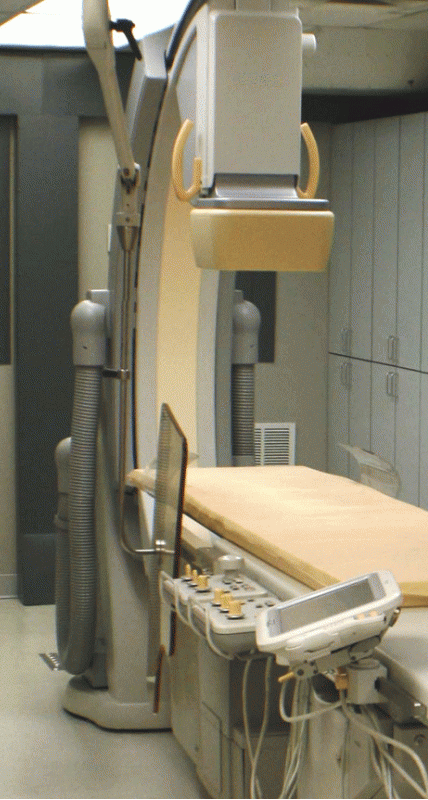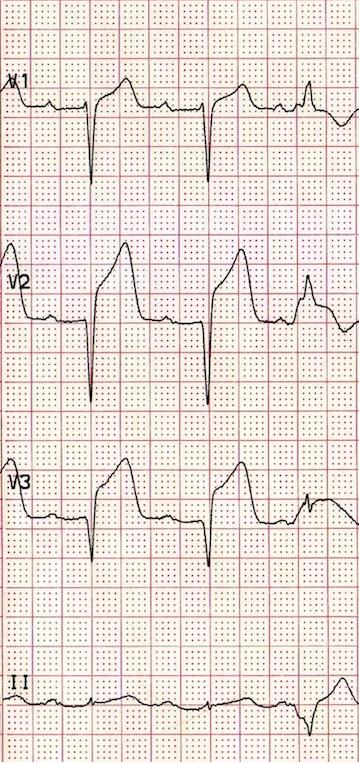Guide Catheters
The Guide catheter, often referred to as the "guider", is a large lumen catheter used to deliver angioplasty equipment to the coronary artery for treatment. Guide catheters are designed with thinner walls, giving them a larger lumen internal diameter (ID). This larger ID assist with contrast injections while interventional equipment is inserted into the coronary artery. The thinner walls are strengthened by braided wires, giving the guide catheter the ability to support and torquing response.
Most angioplasty is performed using a 6 French sized guide catheter platform. The majority of equipment used for angioplasty is compatible with 6 French guide catheters. Dual balloon, or kissing balloon, as well as atherectomy catheters will require a 7 French or 8 French platform.
Being familiar with catheter sizing will help the operator to successfully decide the diameter size of the artery. 6 French catheters have an outer diameter of 2.00 mm. Each French size is equal to 0.33 mm. If the artery appears to be the same diameter size as the guide catheter, then the artery will most likely be 2.00 mm in diameter. Refer to the image below regarding guide catheters and sizing.
The guide catheter has 3 main functions:
- Delivery of Interventional equipment The guide catheter is designed to give essential backup support to assist in pushing interventional equipment over guidewires to the area to be treated. Different shapes aid in the "backup" support of the guidecatheter based on the coronary anatomy
- Contrast media injection The larger diameter allows contrast to be injected while interventional equipment is positioned in the coronary artery. Some devices may impede the ability of contrast to be injected. In that case, larger guide catheters will be required.
- Pressure monitoring The larger diameter allows for pressure monitoring while interventional equipment is positioned in the coronary artery. Ostial lesions can create a dampening of pressure monitoring and prevent blood flow into the coronary artery. Guide catheters with side holes (SH) help to maintain blood flow during PCI.
When obtaining equipment for angioplasty, the product will have recommendations for minimum guide sizing and internal diameter. It is important to pay attention to these details before opening these supplies to make sure that appropriate guide catheter size is being used.
Another key aspect of the guide catheter is an attachment to the hub of the catheter, known as the y-adapter or touhy-borst adapter. This attachment has a rotatable luer connection to allow for easy manipulation of the catheter, a port for contrast injection, and a port with a leak resistant seal to prevent the backflow of blood while interventional equipment is used through the guide catheter.
References
- Baim, D.S. (2005) Grossman's Cardiac Catheterization, Angiography, and Intervention. (7th ed.). Philadelphia,Pa: Lippincott, Williams & Wilkins.
- Kern, M. et al (2003) The Cardiac Catheterization Handbook (4th ed.). Philadelphia, Pa: Mosby.

